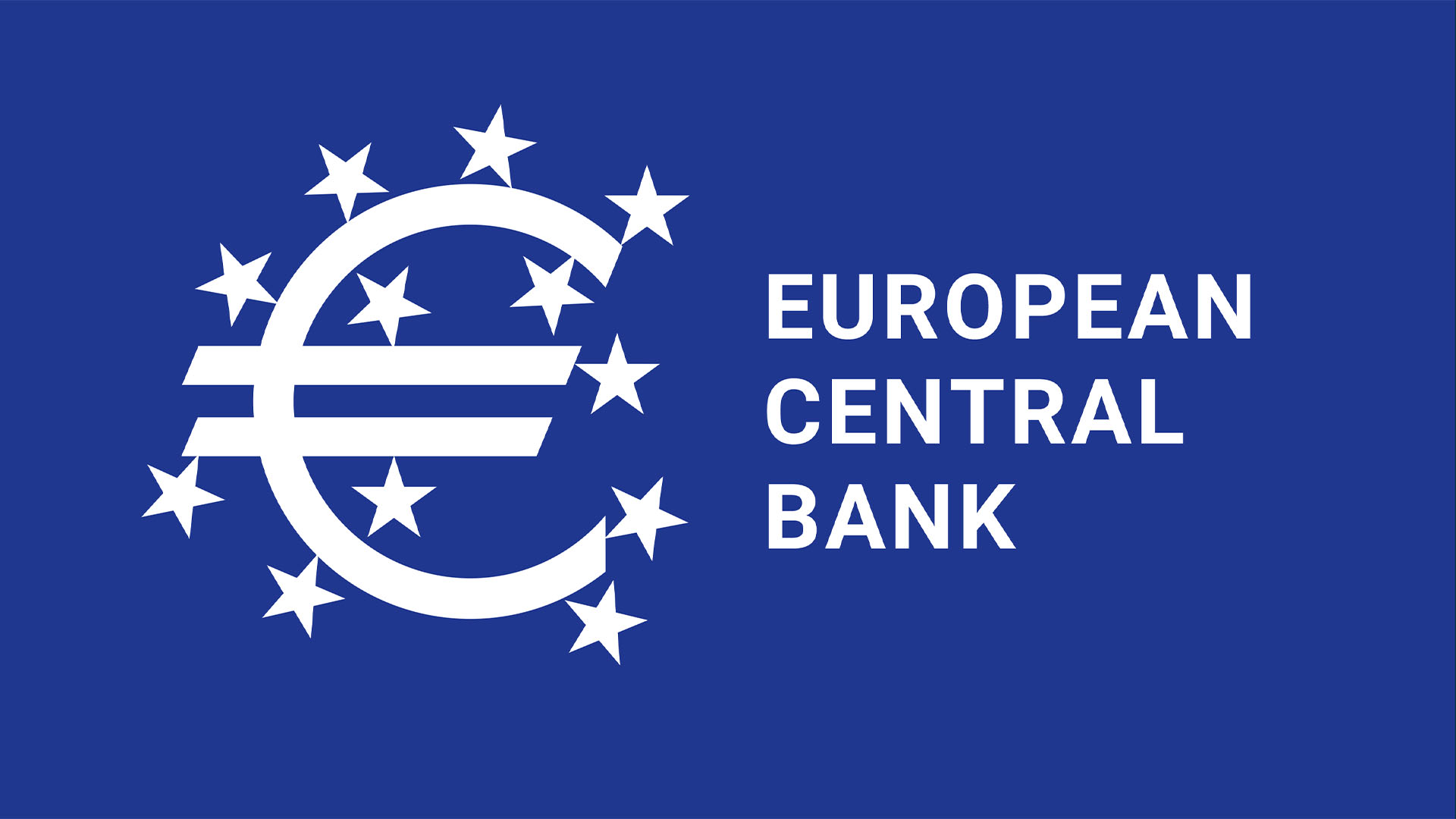
The European Central Bank (ECB) raised its deposit facility rate by another 50 basis points (bps) to 3% at the March meeting, bringing its policy rate further into restrictive territory. Nonetheless, we would characterize the outcome as dovish because instead of giving strong guidance on its intentions for the next monetary policy meeting in May, the ECB opted for a cleaner meeting-by-meeting approach, with an emphasis on data dependence.
Overall, the March meeting was a somewhat less straightforward affair than hoped for, as regional bank failures in the U.S. and concerns around Credit Suisse had led to heightened uncertainty and financial market volatility.
The ECB also said it is monitoring current market tensions closely and stands ready to respond as necessary to preserve price stability and financial stability in the euro area. We believe that a reasonably straightforward first line of defense on the financial stability front would be medium-term liquidity provisions to European credit institutions.
While current uncertainty makes it difficult to plot a path forward, with euro area core inflation at a record high of 5.6%, the ECB indeed reiterated there is more ground to cover on interest rates in its baseline scenario. Once financial market tensions abate, we therefore think the ECB is likely to continue to raise interest rates, aiming to ensure the timely return of inflation to its medium-term target of 2% (euro area inflation for February is expected to be about 8.5% when final numbers are released on 17 March).
For inflation to fully normalize back to the ECB’s 2% target, some cooling in the economy and in the labor market is still needed – as in February, the trend in wage agreements still favors workers, and fiscal policy is largely seen as not targeted enough to avoid adding fuel to the inflation fire. The underlying economic resilience of the euro area remains a mixed blessing for the ECB.
A peak policy rate of around 3.25% priced in by the market doesn’t look unreasonable for now, given the uncertainty over medium-term underlying inflation dynamics and current financial stability concerns.
So while the near-term direction of travel on European duration is less certain, we believe European interest rate swaps should outperform core government bonds over time.
The terminal rate
ECB President Christine Lagarde reiterated that there is no forward guidance on interest rates and that the ECB remains firmly in meeting-by-meeting mode, with upcoming policy rate decisions determined by the following factors: assessment of the inflation outlook in light of the incoming economic and financial data; the dynamics of underlying inflation; and the strength of monetary policy transmission.
The ECB remains determined to ensure a timely return of inflation to its 2% medium-term target, and sees no trade-off between price stability and financial stability, meaning the hiking cycle is unlikely to end in March, unless financial stability concerns come to dominate the macroeconomic configuration. So unless unfavorable financial conditions impact the broader macroeconomic landscape to an unwarranted extent, another rate hike at the May meeting seems a plausible baseline.
Our conviction remains low on the pace and scope of additional ECB rate hikes, given the unknowns around the evolution of inflation and financial market developments. As such, we don’t disagree with the now lower terminal rate priced in by the market, as the ECB will need to do less heavy lifting to tighten financial conditions and to slow credit creation, which should eventually slow inflation.
The new macro projections
The ECB’s new staff macroeconomic projections foresee the euro area avoiding recession this year, in line with the most recent projections from both the IMF and the European Commission. The ECB’s 2024-25 inflation projections have been revised lower compared to December, and it now forecasts only marginally above-target inflation in 2025. Having assessed in February that risks to the inflation outlook had become more balanced, the ECB’s Governing Council opted not to assess inflation in this way in March, simply mentioning the various downside and upside risks to inflation instead. However, it did state that risks to its outlook for economic growth are tilted to the downside.
One factor that drove up the December inflation projections was wage growth. As workers sought compensation for elevated inflation, the ECB expected wages to accelerate. This boosted the baseline projection and the risks surrounding it, as accelerating wages coupled with a tight labour market could eventually facilitate a wage-price spiral. A similar picture features in its new projections: After peaking at 5.3% in 2023, growth in wages per employee is expected to be running at 3.6% year over year in 2025, according to the ECB – well above its long-run average of 2.1%. We believe wages remain a source of upside risk to inflation, with the aggregate euro area labour market exceptionally tight.

